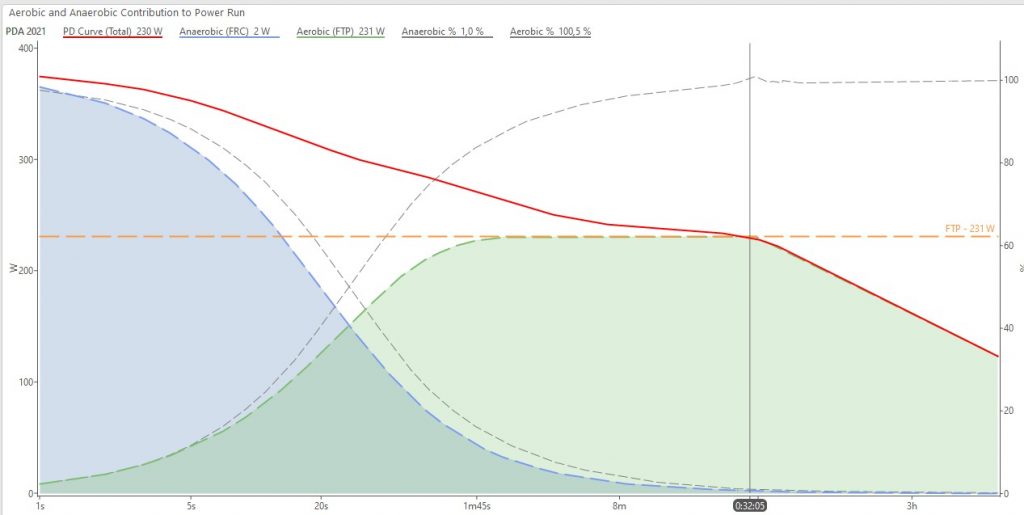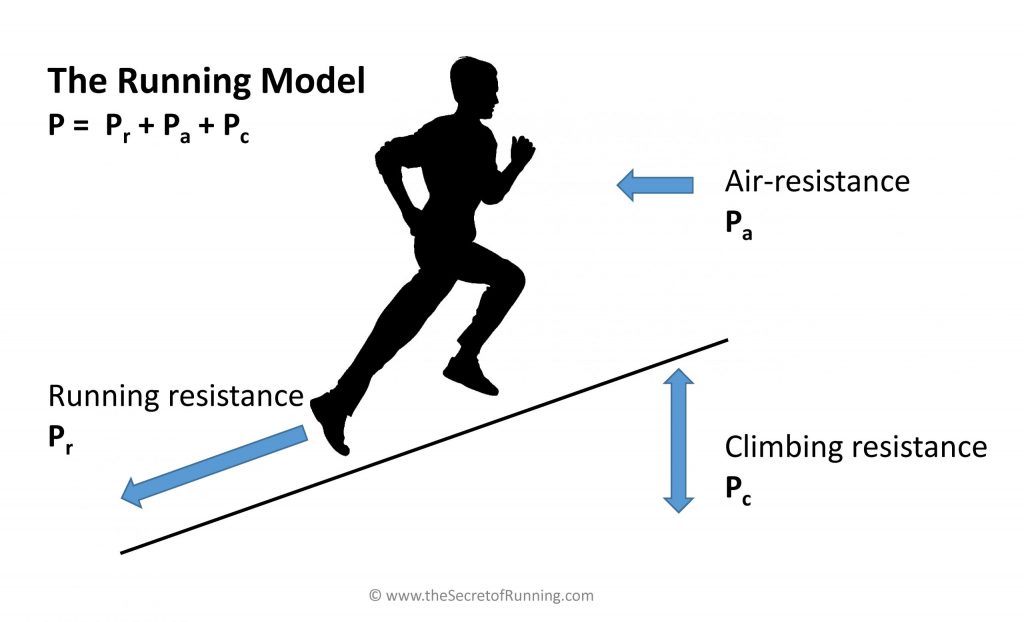RUNNING POWER
Being able to plan for, analyze and quantify the degree of effort it takes for a runner to move in different types of hilly terrain and weather conditions is complex.
At Arduua we are usually working with Distance and Heartrate, which works well in most situations as an Individual measurement in how hard the training was for you.
The good news is that there is an additional measurement metric that can help us monitor your degree of effort even more accurately, that is also measuring your running efficiency and economy. This method is called Power Training and is measured in watts.
For trail runners, Power is an incredible metric to monitor how hard they’re working during each segment of a running session, whether they’re running on flat terrain or uphill. In this way, Power complements more common metrics like heart rate and pacing, because power tracks actual work output at each moment rather than your heart’s response or the speed (pacing) resulting from the work required to produce output.
David Garcia, Arduua trainer, is a specialized trainer in Power for running sports at the Udima University of Madrid, and is also the official Stryd trainer for Power training.
In the blog post below, David will tell you more about Power and other measurement methods, and the benefits that can be gained from each.
Blog by David Garcia, Arduua Coach.

To be able to control the training load for our runners, it is necessary to have reliable intensity and volume markers in place, which can give us valid, repeatable, and stable references over time. These values will allow us to quantify the energy and metabolic costs of the planned training sessions, and we will then be able to estimate each runner’s training load, for the season.

The most widely used markers (traditionally classified as external and internal) have been Heart Rate (HR), Pace, Ratio of Perceived Exertion (RPE), blood lactate concentration, maximum oxygen consumption (VO2max), etc. Each of them has its advantages and limitations compared to the others. And other than that, a specific use and application time. Therefore, none of these markers will be the only one usable and none should be excluded.
The reality is that, of all those markers mentioned above, the most accessible and used one, in day-to-day training has traditionally been: Heart rate and Pacing.
Before delving into power, I’d like to highlight the limitations of applying pulse and pace in trail running.
In certain disciplines and situations, power will undoubtedly be a good complement for those runners who want to take their career a step further, thanks to the advantages that we will see.
Pulse
When using heart rate as internal load marker, its main limitations will be the following:
- Pulse is affected by a delayed stimulus response. Delayed response to exercise, especially short-term intense efforts. In those specific cases it will not represent the real metabolic cost.
- Pulse is not capable of representing high-intensity metabolic efforts above VO2max.
- Pulse is affected by emotional factors (stress, fear,…).
- Pulse is affected by external environmental factors (high and low temperatures, height, etc) and some ingested substances (such as caffeine).
- Pulse is affected by fatigue and cardiac drift (oxygen debt).
- Pulse is not sensitive to sudden changes in speed.

Pacing
Pacing basically means how quickly you run a certain distance.
When using pacing as external load marker, its main limitations will be the following:
- – Pacing is not metabolically representative on sloping terrain.
- – Pacing is not metabolically representative with wind.
- – Pacing is not representative in technical terrain.
We could go much deeper into each of the strengths and limitations expressed for Heart rate and pacing (and the rest of the markers), but that is not the purpose of this article.
Power
Power indicates how much force and speed a runner is exerting at any given moment.
When using Power as a marker of intensity, it is characterized by the following aspects:
- – Power is an instantaneous parameter (it has a practically instantaneous response to speed changes).
- – Power is very sensitive to changes in slope and consider it in its value.
- – Power is not affected by the wind, (it also considers it in its value).
- – Power allows to quantify beyond the VO2max. Joining the aerobic and the anaerobic.
- – Power allows to quantify the external load more rigorously.
- – Power allows determining biomechanical and physiological metrics for post analysis.
- – Power allows you to make predictions and applications in training (power curve, Critical Power, FTP, running efficiency, running technique…)
In summary, Power allows us to estimate the Metabolic Demand from the mechanical Power, while it provides us with data on Running Biomechanics. Efficiency and Fatique.
These Power values are obtained through the calculation of an algorithm that considers the Power generated to advance, to overcome the wind and to generate climb Power .

Thus, the algorithm considers the athlete’s mass, speed, energy cost, air resistance, aerodynamic coefficient, slope and gravity, among others.
It will be important, when planning training, to take into account the importance of seeking a high relative power in performance (w/kg) and good management of biomechanical variables.
But let’s go back to the beginning of this post. In it, we began by saying that no marker can be considered the only one, and that it must be combined with others. Also, in this case Power will not be an exception.
When using Power as external load marker, its main limitations will be the following:
- – Very technical terrain, broken, soft, with constant changes of direction or in which it is difficult to apply force against the ground.
- – Downhill terrain with slopes where there is a very pronounced eccentric braking component.
Therefore, and as a final summary of this post, we can say that the prescription of training and use of Power as a marker and means of obtaining information for its post-analysis will be very appropriate in situations in which:
- – The terrain is favorable to the application of force against the ground (track, asphalt, smooth path…),
- – In cases where the positive slope is a common factor in training,
- – In very high intensity training or with a very short execution time.
- – Long duration sessions with a very present fatigue factor.
- – Situations in which we want to improve the athlete’s running technique.
- – Situations in which we want to improve the efficiency and economy of running the race.
- – Situations in which we want to reduce the incidence of injuries.
And of course, it will be a perfect ally if we combine it and analyze it together with other markers such as HR (cardiac efficiency, for example), RPE (downhills, fatigue,…), flat pacing (running efficiency, etc…) .
So, if your intention is to improve your performance, your efficiency in the race, improve your technique, or reduce the probability of injury, among others, do not hesitate to start using Power in your training.

If you want to start training with Power and being coached by me, please check out Arduua Professional Coaching for more info.
/David García. Arduua Coach


